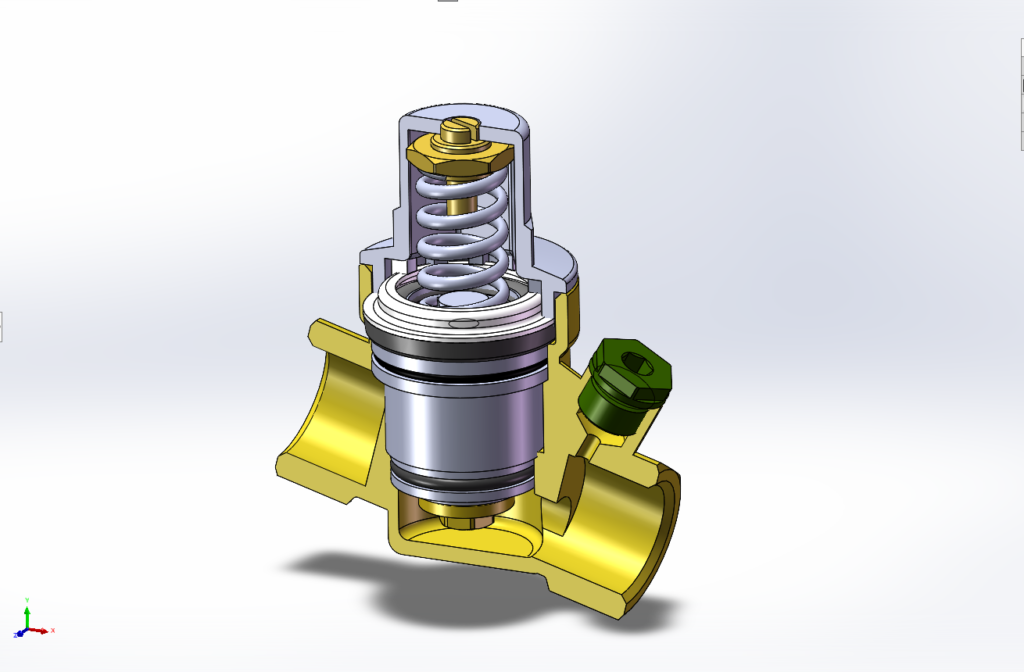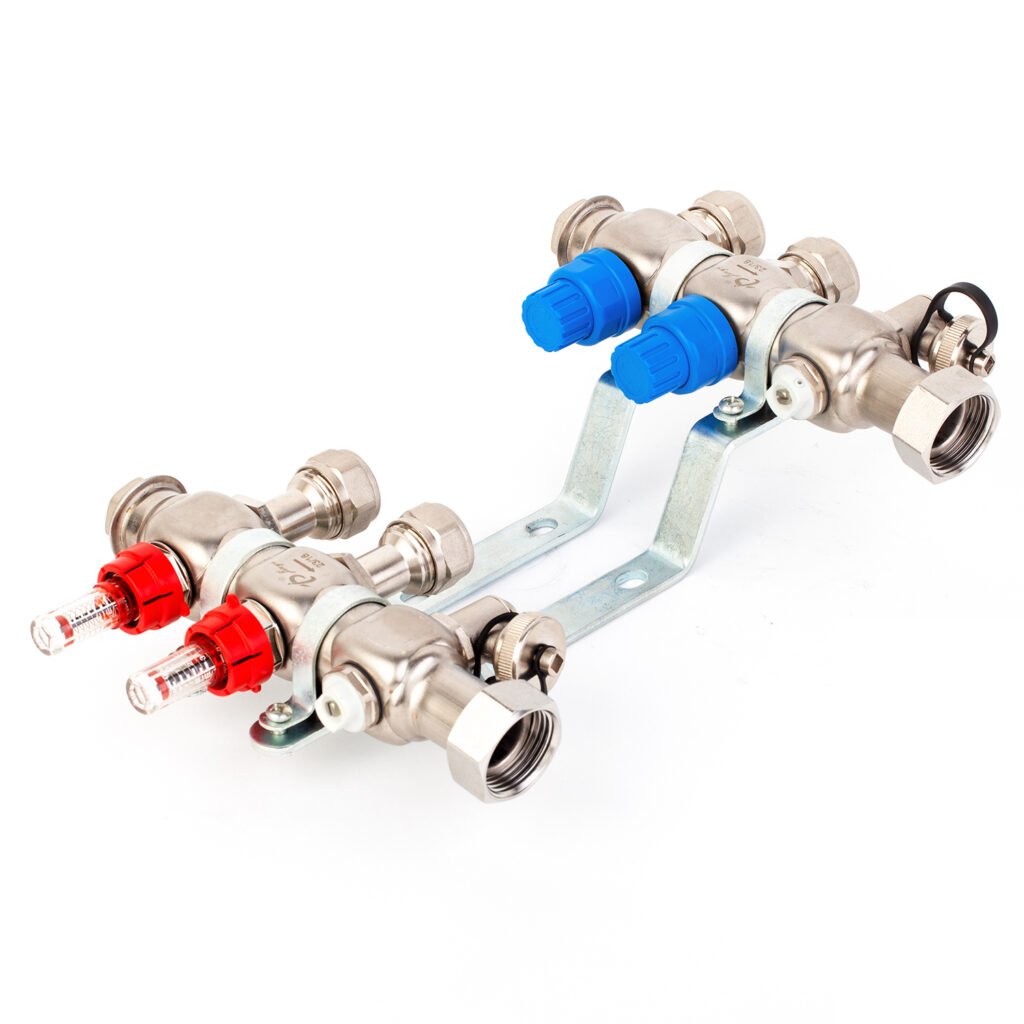When dealing with plumbing or heating systems, one of the most common yet overlooked components is the stem of a pipe. Many purchasing officers and building material wholesalers face challenges with unstable product performance and delayed shipments, which can lead to missed peak sales periods and dissatisfied customers. These issues often stem from a lack of understanding of critical components like the pipe stem. By gaining a deeper insight into what a pipe stem is and its role in the system, you can make more informed purchasing decisions, ensuring quality and reliability. This article will guide you through everything you need to know about the stem of a pipe, helping you avoid common pitfalls and choose the right products for your needs.
The stem of a pipe is a crucial component that controls the flow of liquids or gases within a piping system. It is typically found in valves and taps, where it acts as a movable part that opens or closes the passage, regulating the flow effectively.
Understanding the stem of a pipe is essential for anyone involved in the plumbing or heating industry. Whether you’re a purchasing manager or a building materials wholesaler, knowing how this component works can help you ensure the quality and performance of your products. Let’s dive deeper into the specifics of the stem in different contexts.

What is a Stem in Piping?
In piping systems, the stem is a vital part of a valve that connects the actuator (the mechanism that moves the valve) to the internal parts of the valve, such as the disc or plug. The stem moves up and down or rotates to open or close the valve, controlling the flow of liquids or gases.
The stem is usually made of durable materials like brass or stainless steel to withstand high pressure and temperature. It plays a critical role in ensuring the valve operates smoothly and efficiently. Without a properly functioning stem, the valve may fail to open or close, leading to leaks, pressure drops, or even system failures.
Understanding the stem’s role in piping is crucial for purchasing officers and wholesalers who need to ensure the reliability and longevity of their products. By choosing valves with high-quality stems, you can avoid common issues like unstable performance and frequent maintenance, ensuring your customers remain satisfied.
What is the Stem of the Tap?
The stem of a tap, also known as a faucet stem, is the component that controls the flow of water in a faucet. It is typically located inside the tap and is connected to the handle. When you turn the handle, the stem moves, allowing water to flow through the tap or shutting it off completely.
The tap stem is usually made of brass or other corrosion-resistant materials to ensure durability and long-term performance. It often includes a washer or O-ring at the base to create a watertight seal, preventing leaks. Over time, the stem may wear out, leading to issues like dripping taps or difficulty in turning the handle.
For purchasing officers and building materials wholesalers, understanding the tap stem’s function is essential when selecting faucets for resale or installation. High-quality tap stems ensure smooth operation and reduce the likelihood of leaks, which can lead to water wastage and increased maintenance costs. By choosing taps with reliable stems, you can provide your customers with products that offer both performance and longevity.
What is the Stem of a Switch?
In the context of switches, particularly in electrical systems, the stem refers to the part of the switch that moves to open or close the electrical circuit. This component is crucial for controlling the flow of electricity, allowing users to turn devices on or off with ease.
The stem in a switch is typically made of durable materials like plastic or metal, depending on the switch’s design and intended use. It is often connected to a spring mechanism that ensures the switch returns to its original position after being pressed. The stem’s design and material quality directly impact the switch’s performance and lifespan.
For purchasing officers and wholesalers, understanding the stem’s role in switches is important when selecting electrical components for resale or installation. High-quality stems ensure reliable operation and reduce the risk of switch failure, which can lead to electrical hazards or device malfunctions. By choosing switches with well-designed stems, you can provide your customers with safe and dependable products.

Summary
The stem of a pipe, tap, or switch is a critical component that controls the flow of liquids, gases, or electricity. Understanding its function and importance can help purchasing officers and building materials wholesalers make informed decisions, ensuring the quality and reliability of their products. Whether you’re dealing with valves, faucets, or switches, choosing components with high-quality stems is essential for avoiding common issues and providing your customers with dependable solutions.
Choose IVALVECRAFT, choose reliable partner, enjoy the high quality and best service.


